-
Posts
301 -
Joined
-
Last visited
-
Days Won
11
Content Type
Profiles
Forums
Blogs
Gallery
Events
Store
Posts posted by TracA
-
-
Azyeoman,
Beautiful obidome.
Is that circle under the trailing edge of 愛 just a defect in the metal or is it some kind of mark?
All the best,
Tracy
0 -
Hello Peter, Alex, and Archie
Thank you very much. I guess that I have to admit that I am now truly bitten by the Imperial EK bug. Hopefully I can limit myself to very select 1870 EKs, but I fear that I might before long venture into the 1914 era.
I too had some consternation with the crispness/finish, but I lacked patience to wait. That is something that I will most definitely have to learn when it comes to purchasing these pieces.
I would not even begin to venture into these waters without forums such as GMIC, and the War Relics Forum, and apprising myself of the knowledge, expertise, and wisdom that the members of such forums generously pass on so freely. A big Thank You to everyone who does so.
All the best,
Tracy
1 -
Greetings,
When I posted on January 12 of this year about my first 1870 EK II, the purchase of which fulfilled a roughly 22 year old desire, I thought that it was a simple “Yep, one and done. Whew. Thank God that’s over with.” Well, being a collector of things I should have known that my sentiment was merely a fantasy, and that with time I would acquire others.
I read Mike Estelmann’s “Reflections on the 1870 Iron Cross…” (Imperial German Orders, Medals & Decorations website at http://www.medalnet.net/Iron_Cross_1870.htm)
before purchasing my first 1870 EK II. Once I became enlightened about Type A and Type B cores, and identified my first cross as a Type A core, I knew that I wanted a Type B core.
Below is my most recent purchase from about six weeks ago, a Type B core 1870 EK II. The cross and ring weigh 17.7g (.1g, I note, higher than the upper limit that Estelmann mentions for Type B cores) and the size is 42 mm. The jump ring is open on the reverse and exhibits a repair on the obverse. The cross was purchased detached from the ribbon.
Upon very close inspection (25x magnification) the detail is not nearly as sharp as my first cross but it didn’t scream “9th Bead”, “Latvian”, or “Muffin Crown” fake to me. I purchased it from a very reputable purveyor, but even dealers can make a mistake, and with my inexperience I could most certainly make a mistake very easily. I have much trepidation everytime I think about purchasing one of these. Nonetheless, it’s now mine and sits next to my Type A core cross.
Thanks.
Tracy
Obverse:
Reverse:
Edge of the 6h arm:
Ribbon obverse:
1 -
Greetings,
I have several Showa Golden Kites in my collection and after a bit of hunting around I was able to procure a nice pre-Showa era Kite, cased. My classification is based upon JapanX’s excellent thread right here on GMIC at https://gmic.co.uk/topic/51228-classification-of-golden-kites-in-6th-and-7th-class/.
This Kite is a 7th class. The inscription on the lacquered case is in gold and it is of the earlier six kanji variety as opposed to the later seven kanji variety. Is it possible to date these varieties? Traditionally I simply see the six kanji version referred to as “earlier” than the seven kanji version. However, in his excellent article “Story of the Golden Kite” on the War Relics Forum, Nick Komiya postulated a possible date for the switch over from six to seven kanji inscriptions: sometime around the Manchurian Incident in 1932. See post #34 here: https://www.warrelics.eu/forum/japanese-militaria/story-golden-kite-671453-4/.
The Kite below has the necessary and sufficient markings of a pre-Showa Kite: when starting from below and moving up (1) the distance between the fourth aperture of a harness and the first tipping over of a harness is relatively short and (2) there are two apertures at the second tipping over of a harness, instead of just one aperture found on the Showa Kites. The fact that the third wing tip is the longest also rules out a Showa Era Kite.
Per JapanX’s thread referenced above there are seven basic types with all but Types 4 and 7 having sub variations, and per the wonderfully illustrative pictures that he has posted it is obvious that only types 1 through 4 have the third wing tip as the longest. So, I knew my Kite was classified as Meiji but now the hunt was on to determine which Type and/or sub variation.
I spent quite a bit of time going over pictures of Types 1 through 4 and I narrowed it down to Type 3.3 and Type 4. I believe that my Kite is a Type 4 based upon the angle of the head/beak and the eye. However, I am certainly open to correction and discussion.
This piece makes a wonderful addition to my collection.
Thanks for looking.
Tracy
Obverse:
Close-up of the Kite:
Close-up of the Kite:
Reverse:
Case lid:
2 -
Archie,
Excellent write-up and medals. Thanks for sharing.
Tracy
0 -
More wonderful additions, No One.
Tracy
0 -
No One,
Another great, very interesting thread. Thanks for sharing.
Tracy
1 -
No One,
Another great post. Please keep them coming!
Tracy
1 -
Greetings Sekukuni,
Try reposting your question/picture here: https://gmic.co.uk/forum/250-great-britain-research-documentation-history/.
All the best,
Tracy
0 -
Thank you, No One. Your pronouncement that in your experience single sided enameled Rising Suns always come in a claspless, Bakelite case is an important data point. Also, I agree with you that such cases and only a single side of enamel were cost saving measures.
Enjoy.
Tracy
1 -
Hello No One,
I’ve finally come back to this thread.
I’ve searched GMIC and done a little digging on the War Relics Forum. It appears that the consensus is that Peterson was incorrect when he stated that the single sided enameled Rising Sun 7th Classes were made during WW II. Rather, the consensus is that these particular decorations were made sometime after WW II.
In his outstanding “Story of the Golden Kite” thread on the War Relics Forum Nick Komiya (RIP) states that the last Kosho (prize-given/awards) for Japan’s war dead continued until sometime in 1947 and then there was a 17 year halt in such. The Kosho was picked up again sometime in 1964 (post on 05-15-2017, 11:03 PM at https://www.warrelics.eu/forum/japanese-militaria/story-golden-kite-671453-5/.
I am going to assume something here for which I do not have evidence, namely, that no new Rising Sun 7th Classes were minted between the end of WW II and the last Kosho in 1947. With that assumption, and what appears to be a consensus that single sided enameled Rising Suns are post-WW II and can sometimes (often?) be found in bakelite claspless cases, then I would put bakelite claspless cases with gold kanji inscriptions at 1964 or sometime after. This, I acknowledge, corresponds to what you stated in your May 11 post above.
All the best.
Tracy
2 -
Archie,
Some nice stuff for sure.
All the best,
Tracy
1 -
No One,
Great, great posts and information about the French and Djibouti. Bravo, and thank you for sharing all of this.
All the best,
Tracy
1 -
No One,
Interesting hypothesis. If you've seen a few single sided enameled 7th Class Rising Suns always in claspless cases, then that adds some weight to your hypothesis.
I currently have some thoughts going through my head about this, but I need some time to work them up. I'll post again in this thread later this week.
All the best,
Tracy
0 -
No One,
Thank you. More data points, although I often believe that the cases in which I receive the medals that I purchase might simply be "throw togethers" either by the seller or the seller before the seller. That was clearly the case in my two examples above. I would say the same for your single sided enamel Rising Sun 7th Class. Would you agree? I believe that I have read that those are attributed to sometime during WW II.
All the best,
Tracy
1 -
Thank you, No One. I too thought that they were Bakelite. They are clearly not wood, given the sound that they make when you let the force of the spring slam them shut. Not that I've done that often; don't want to damage anything. 😃
All the best,
Tracy
0 -
Greetings,
In my collection I have two claspless, spring loaded what I believe to be plastic cases. When fully opened the lid stays up. One is for a Rising Sun 8th Class and the other is for a Sacred Treasure 7th Class. The Rising Sun had the ヒ (hi) hallmark and the Sacred Treasure had the M mintmark, so I am almost certain that the decorations that came in the cases were not issued in those cases. I say this because Medals of Asia puts the former mark at the mid-1910s to early 1920s and the latter mark at 1930 to 1943, and I have lots of orders roughly dated to the 20s, 30s, and 40s and none of them have claspless, spring loaded cases. If such cases came from those time periods, then I think that they would be much more prevalent in the marketplace, but I do not find them to be very prevalent.
My two examples both have the “Showa” stylization of 勲 (kun) on the lid and gold kanji. Medals of Asia puts the “more or less stable transition” from silver kanji back to gold kanji as sometime in 1958.
My sample size is horribly miniscule, but I am going to venture to guess that these claspless, spring loaded plastic cases came into use sometime after 1958.
Can anyone provide more information on these cases, such as (1) the time coordinates of their use; (2) whether they were used for just the lowest two classes of decorations or if they were also used for higher classes; (3) whether they were used for the Honor Medal, etc.?
Thank you.
Some pictures below.
Tracy
Lids:
Front seam, claspless:
Rear hinge on one of the cases. As one can imagine this looks somewhat different than the rear hinge on a non-spring loaded case with a clasp. I wanted to take a side-by-side photo but alas, I do not have a Rising Sun 8th (or 7th) Class or a Sacred Treasure 7th (or 8th) Class in a non-spring loaded case with the “Showa” stylization of 勲 (kun) and gold kanji.
1 -
Greg,
Very nice. I'm intrigued by the pins for fastening on the two rightmost medals. Interesting design.
All the best,
Tracy
0 -
Trigram 7th
in Japan
Aniki,
I am sorry that I can't assist with an answer to your question. I assume that you have been to JapanX's Medals of Asia pages for 7th Class Orders of the Eight Trigrams? He does not list any as fakes, so if you have not already done so, then it might be worthwhile having a look to compare the pictures posted with the one that you have posted above. See Medals of Asia at https://asiamedals.info/threads/7th-class-orders-of-the-eight-trigrams.13061/.
Good luck and all the best,
Tracy
0 -
Chris,
My word, I should have looked more closely at the photo you posted. Indeed, that's the eMedals one.
Tracy
1 -
Hi Tony,
More great additions to this thread. Thanks for keeping this going. I find it so fascinating.
All the best,
Tracy
1 -
Hi Chris,
I do not. Sorry. Truth be told, the last time I even saw one of these medals for sale was the Michael Quigley Collection Part II auction put on by eMedals. That was some time last year, I think. I remember that the obverse bar was actually on the medal upside down. Given the rarity of the medal, I would assume that the award certificates are probably even rarer.
Tracy
0 -
Chris,
I own the book and found it to be a very worthwhile addition to my reference material. It covers certificates for all of the major orders (Kites, Suns, Treasures), most of the War Medals, KIA related documents, and numerous non-military certificates. If you would like a more specific list of what is covered in the book, then let me know and I can provide that to you when I get home later today.
All the best,
Tracy
2 -
No One,
You certainly have an amazing collection of items related to Djibouti, and a lot of knowledge. Thanks for sharing.
Tracy
1


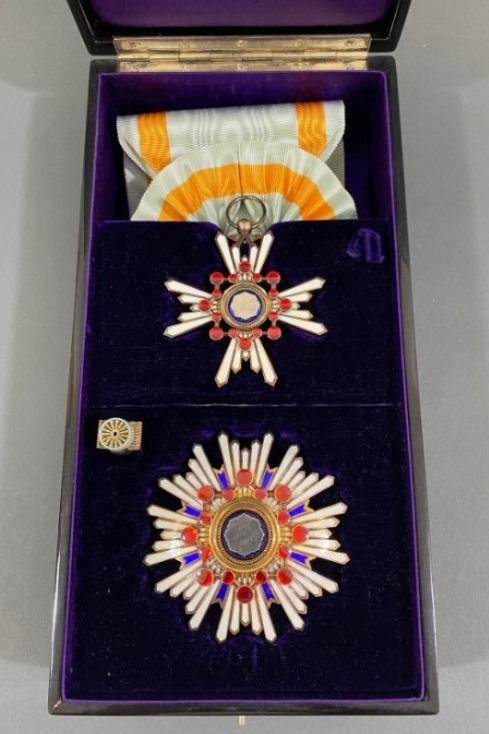
(1).thumb.jpg.38cff8cd9c5d55311a4208b0a83448ba.jpg)
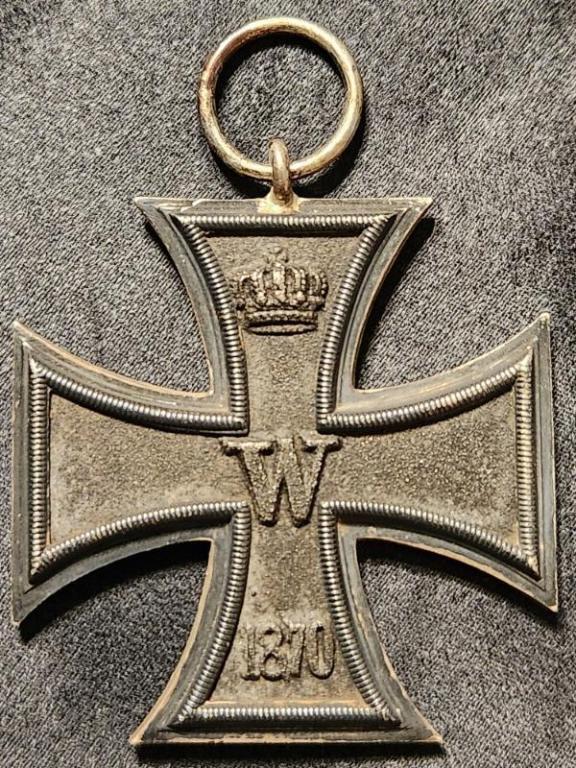
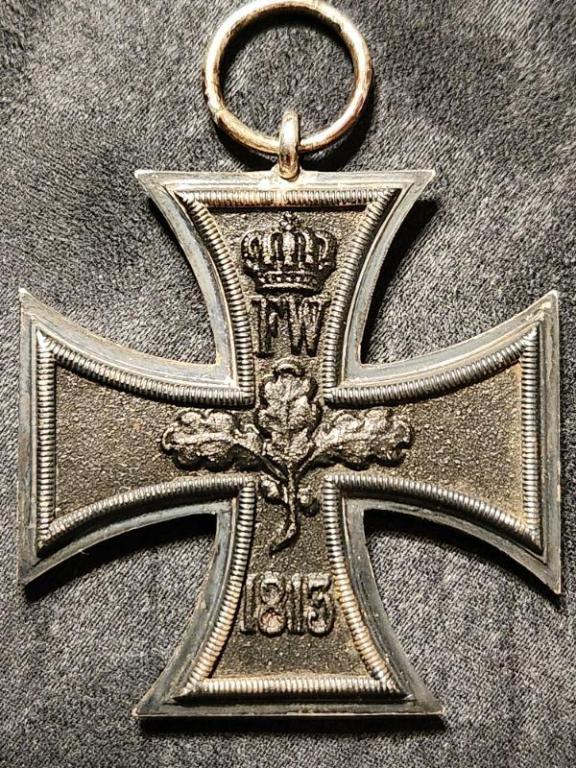
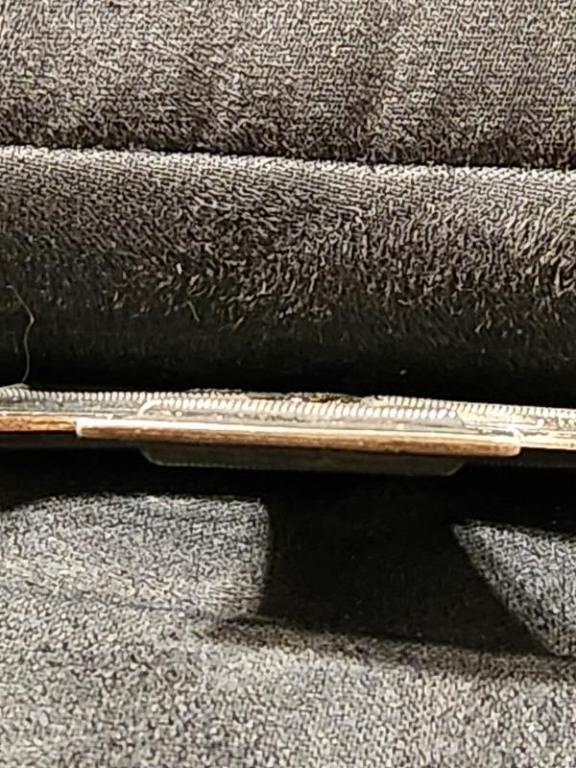

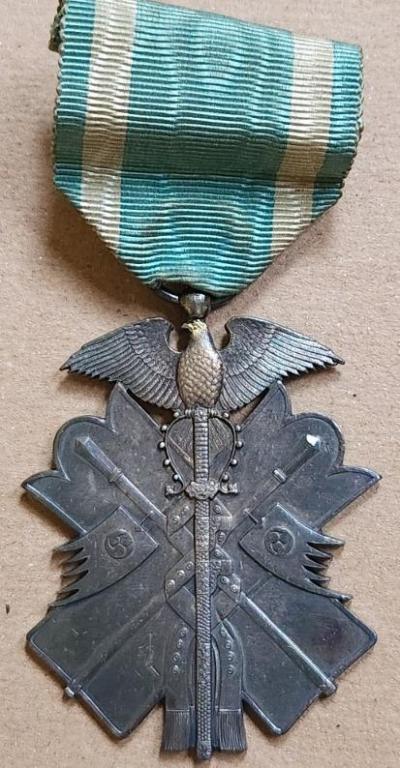
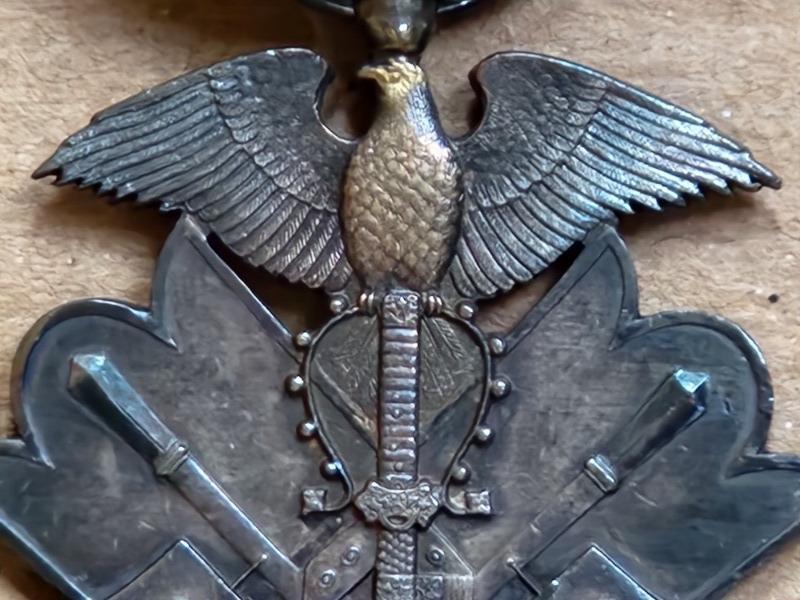

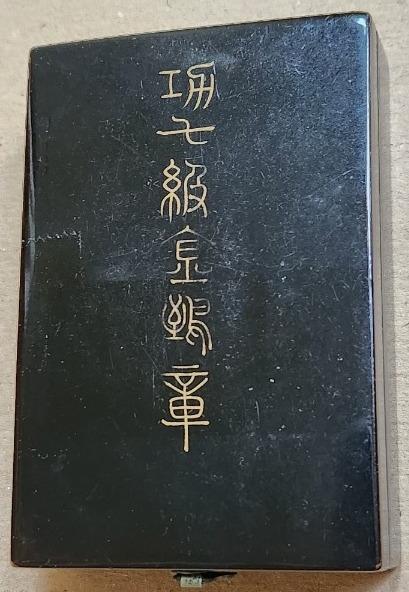



Classification of Colden Kites in 4th and 5th class (An attempt...)
in Japan
Posted
Hello Aniki,
After some scrutiny I would agree that the picture is of a Type 5. The angle of the beak and head, the shape of the eye, and the representation of the top row of inner feathers look much closer to the Type 5 than it does to the other types. At least to me it does.
All the best,
Tracy